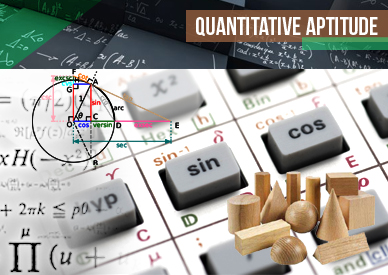Data Interpretation For SBI PO : Set -24

Data Interpretation For SBI PO : Set -24
D.1-5) Study the following table carefully and answer the questions given below.
Number of cars(In thousands) of different models and colours sold in two metro cities in a year

1) The difference between the white coloured cars sold in the two metros of which of the following models is the minimum?
a) A
b) C
c) D
d) F
e) None of these
2) The total number of blue coloured cars of model E and D sold in metro H is exactly equal to the number of white coloured cars of which model in Metro M?
a) B
b) F
c) C
d) A
e) None of these
3) What is the between the number of blue colour cars of model C sold in metro M and the number of red colour cars of model F sold in metro H?
a) 8000
b) 10,000
c) 12,000
d) 15,000
e) None of these
4) The total number of silver coloured cars sold in metro H is approximately what percentage of that Metro M?
a) 130
b) 140
c) 90
d) 100
e) 110
5) In metro M the number of cars sold was maximum for which of the color-model combinations?
a) White C
b) Blue B
c) Silver B
d) White D
e) None of these
D.6-10) Study the following table carefully to answer the following questions

6) If the criteria for passing is minimum 40% marks only in Maths, How many students will pass?
a) 53
b) 107
c) 34
d) 129
e) None of these
7) If for passing, the student has to obtain minimum 60% marks on average of three subjects, How many students will pass?
a) 40
b) 108
c) 68
d) 73
e) None of these
8) If for passing, a student has to obtain 40% marks in any one of three subjects, what is the minimum number of students who will definitely pass?
a) 107
b) 109
c) 117
d) 108
e) None of these
9) How many students will pass in English if minimum passing marks is 40%?
a) 117
b) 111
c) 119
d) 108
e) None of these
10) How many students have obtained 20 or more marks in atleast one of the three subjects?
a) 148
b) 139
c) 129
d) Data inadequate
e) None of these



